Consider this sequel to last year’s history hike at Bethabara Park. The first Moravian settlers in the modern-day Triad region bunked in an old trapper’s cabin at Bethabara, but their leaders back in Pennsylvania had much larger plans: a whole new Southern front in their quest to establish a new church in North America.
Those plans would come to life in Salem, established in 1766 just south of Winston-Salem’s downtown. I spent the other day with my wife, dad and step-mom wandering in their footsteps at Old Salem Museums and Gardens (disclosure: my wife’s mom works there).
It’s a bit of a stretch to call this a hike, I suppose, but we did walk three miles while wandering the streets of Old Salem. What’s to see there? Mostly folks in period costume explaining how the Moravian settlers did all the necessary doings of our species: eating, drinking, sleeping, praying, and constructing firearms. (OK, so not much about sex, but the single men and women slept in separate quarters to prevent temptation, which, I suspect, made it that much worse).
Old Salem’s streets can be wandered at no charge, but you have to buy tickets at the Visitors Center ($21 for adults, $10 for kids up to 16) to visit all the old structures and get the in-depth details on the people who lived in them. Figure on 10 to 15 minutes at each location — though if you go on a day when the crowds are light, you can interrogate the interpreters at length.
Let’s take a look at the pictures (these and many more are posted to my Facebook account).
A map shows the sites at Old Salem. Four hours is enough time to cover the highlights, but you could burn a whole day there pretty easily.
This is Timothy Vogler’s gunshop, circa 1831. The shop includes a forge and tools for making rifle stocks.
My dad admires this demonstration of the exquisite balance of a long rifle (these were accurate up to 250 yards, we were told.)
Reflection on a window outside the gunshop.
Just down the street is the Tavern, c. 1784 (next door to a restaurant of the same name that serves Moravian-style fare). Here’s the dining room at the tavern:
Downstairs, we get the inside scoop on colonial coffee-making.
Outside, Melissa admires the pilings in the old barn. Everybody of any consequence who traveled through Salem probably stopped at the Tavern. Yes, George Washington slept there.
The John C. Blum House and Print Shop, c. 1815, includes an old letterpress, photography studio, and displays devoted to early photography and printing.
Is this scene priceless or what?
From here it’s on to the Single Brothers’ House, c. 1769. All the unmarried guys lived, worked, prayed, and plotted assignations with the Single Sisters here (the major deterrent being the promise of Eternal Damnation if they caved to their diabolical urges). No females were allowed back in the day, but Old Salem’s management takes a wider view today (besides, would you want a real live horny teen-age boy to be your tour guide? Didn’t think so.)
Here, we see a display of the ribbons women wore to identify the “choir” they belonged to — color coded by marital status. (In those days “choir” meant “group,” not a collection of vocalists).
We had over 500 kids keeping us company — not so sure they were happy about the history lessons, but being out of school seemed to be the source of considerable joy.
Veggies on a stoop.
Next up: C. Winkler’s bakery.
The smells are awesome in here.
The Single Sisters’ House is more like an old museum site; you walk yourself through and admire the achievements of Salem College, a women’s college.
God’s Acre is one of the most impressive sights at Old Salem. You might notice the men and women are not buried together — another of the communal customs of the Moravians.
One notable omission from our visit: the Frank L. Horton Museum Center, home of the Museum of Early Southern Decorative Arts. To see the collections, you have to schedule a time to stop by. A bit of a complication but most likely worth the trouble if you’re into Americana.
Links for this outing:
- Everytrail GPS track.
- Old Salem official site.
- History of the Moravian Church in America
- Jan Hus, credited with inspiring creation of the Moravian Church.
Google map:
View Old Salem, North Carolina in a larger map


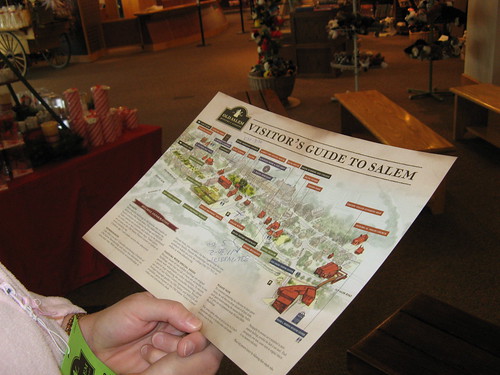
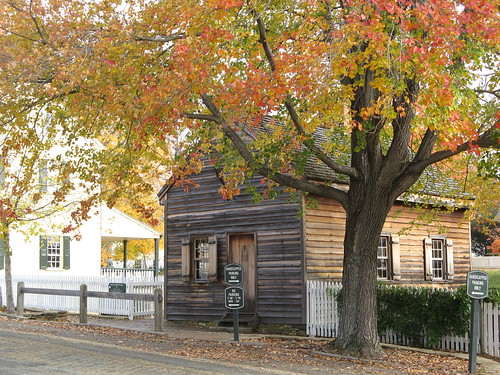
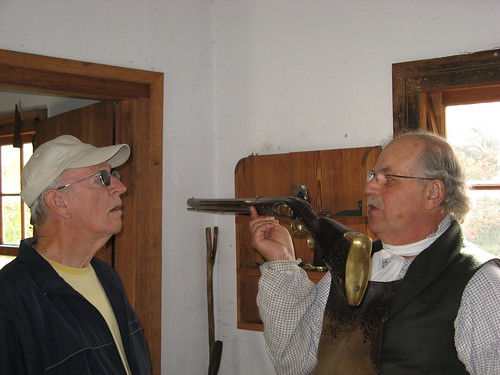
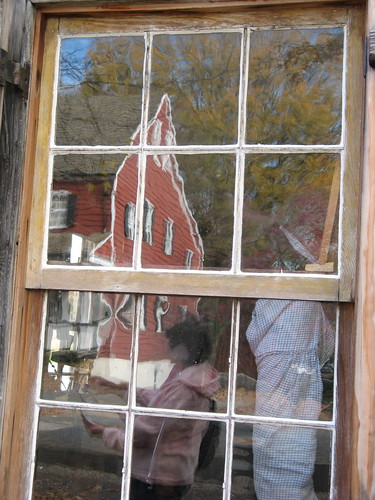
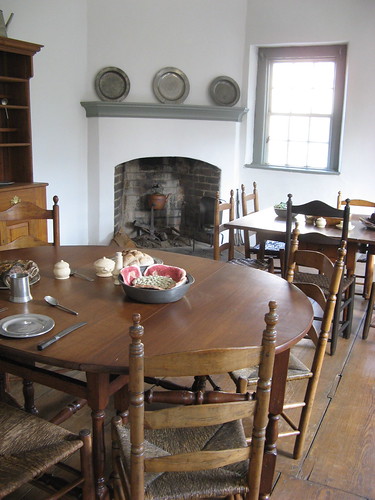
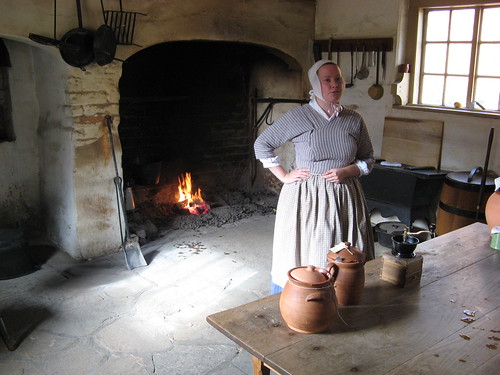

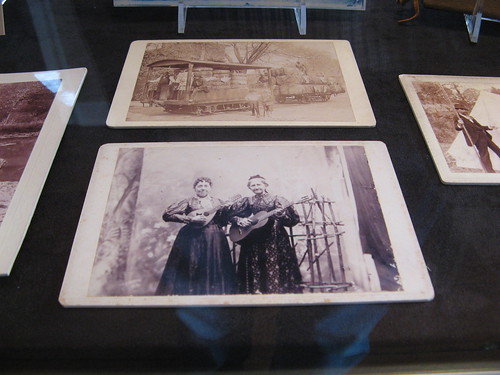

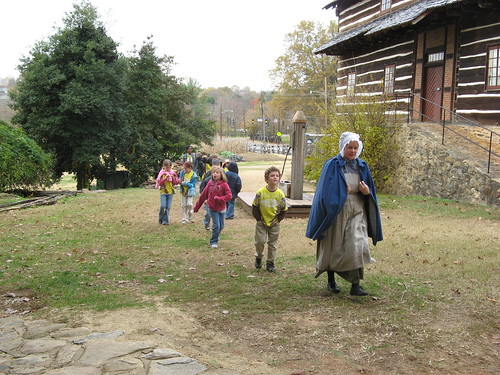
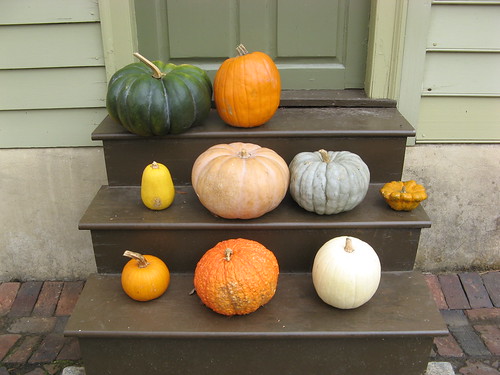
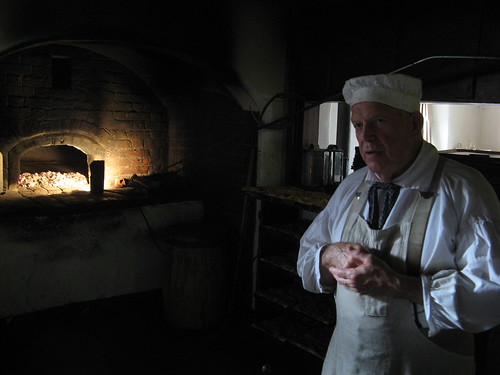
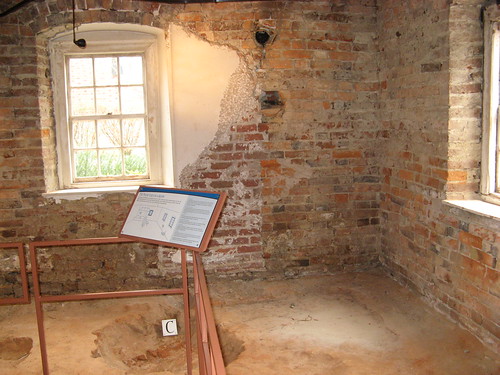
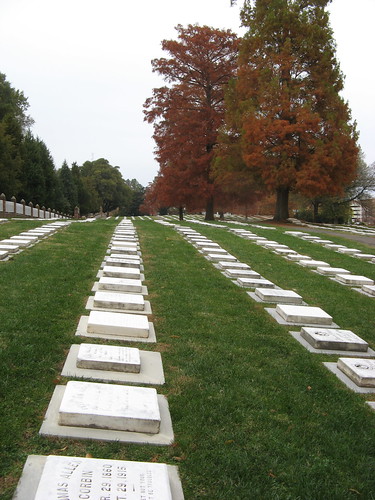
That’s a cool idea!
Scott
http://Www.Outdoor-Hiking.com
Thanks for the tour. One of my ancestors was a Moravian brick maker who helped build Salem.